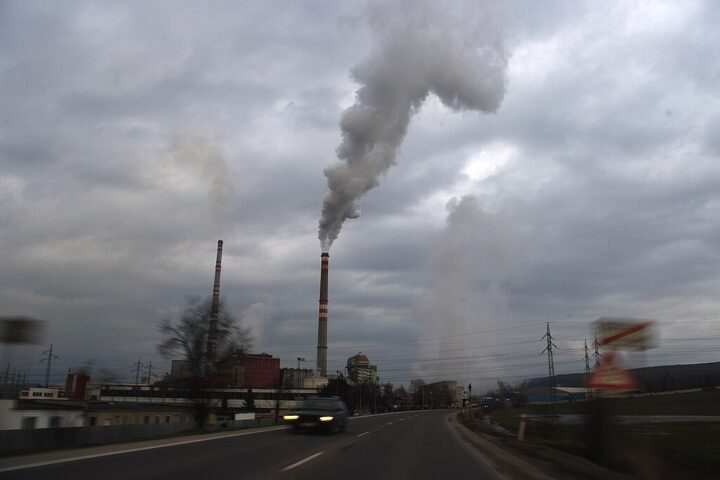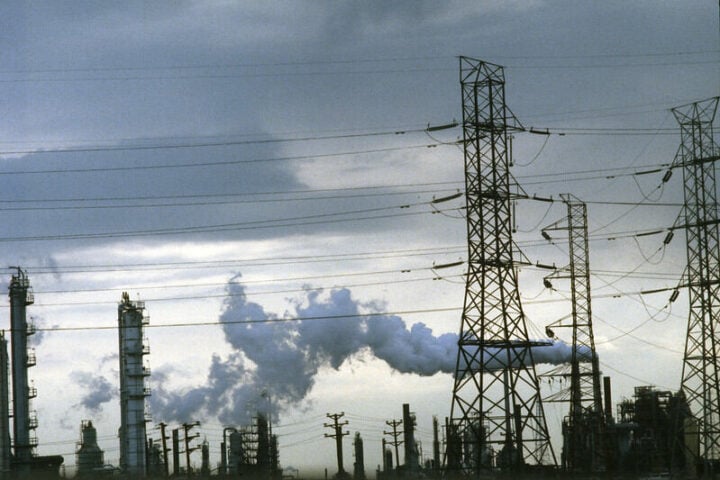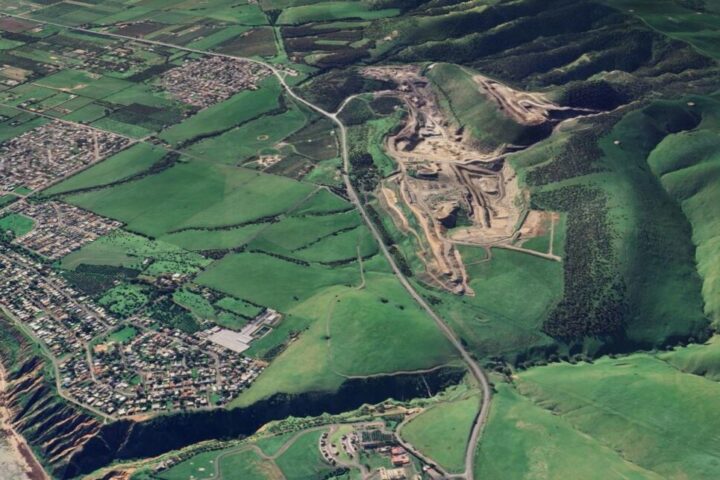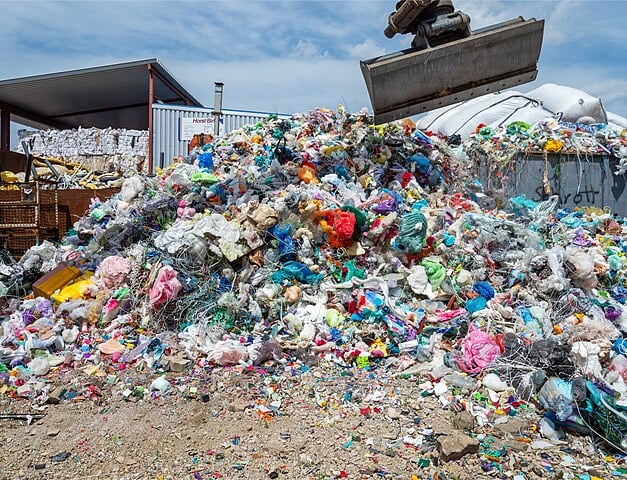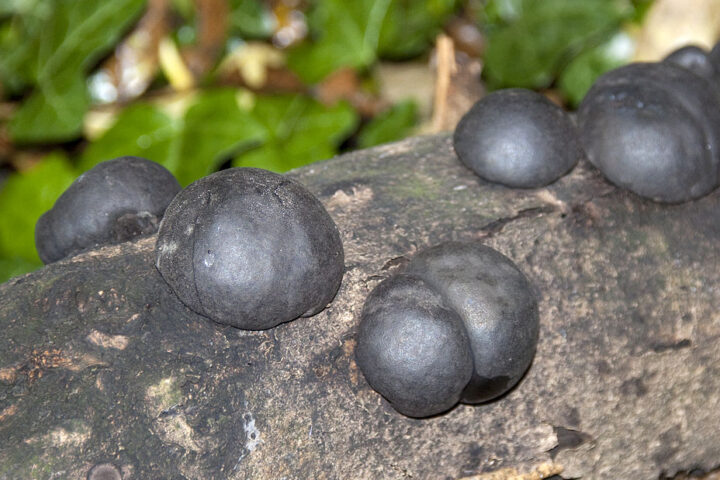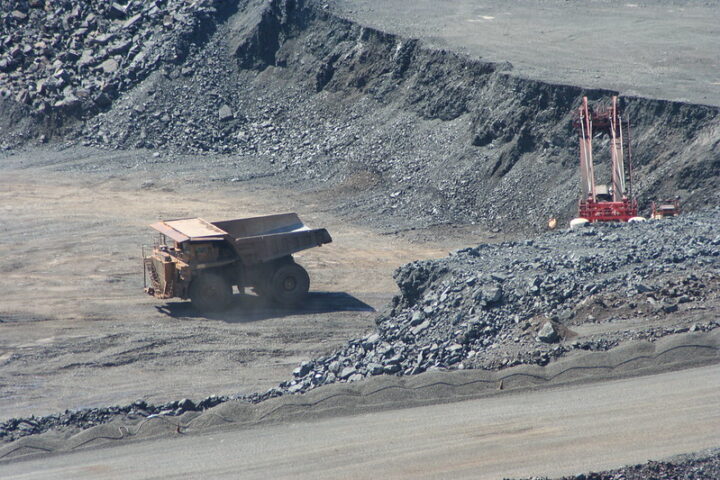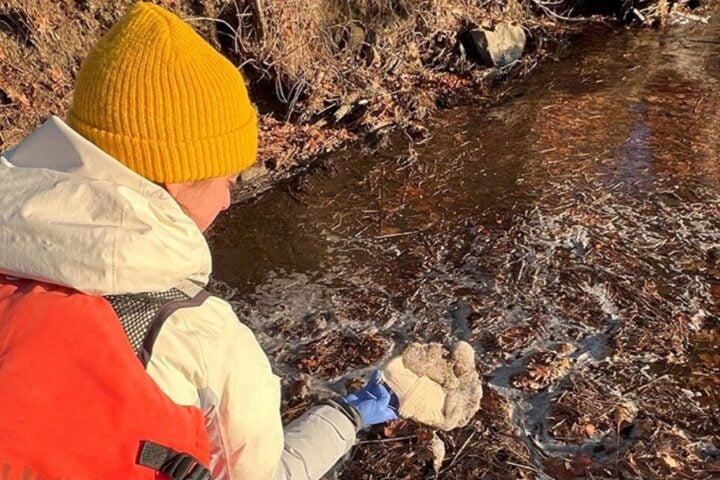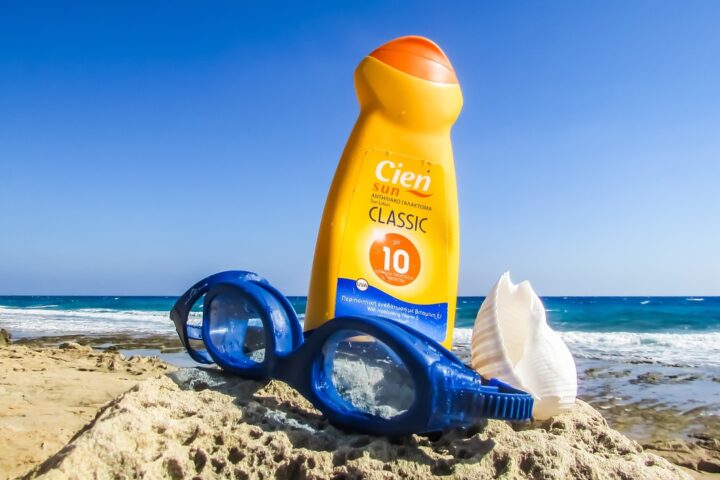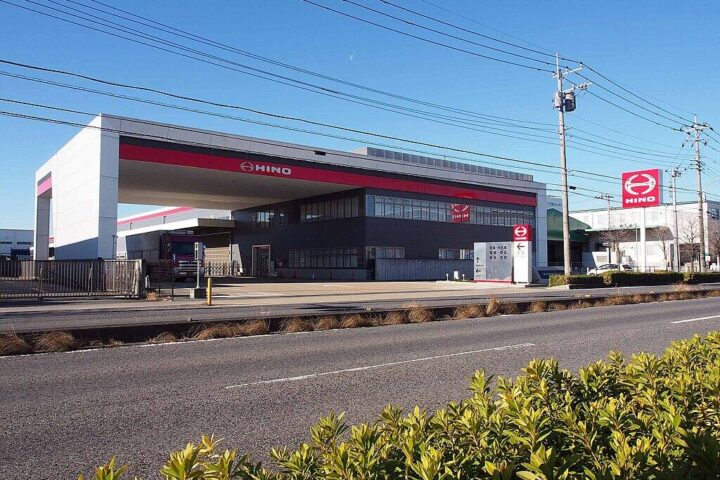Our space, once a pristine void, now buzzes with a cacophony of man-made artifacts: dead satellites, discarded rocket stages, and fragments from disintegration, erosion, and collisions. This space junk whirls around Earth at breakneck speeds, posing a collision threat to operational satellites, space stations, and astronauts. Hang Woon Lee’s initiative at West Virginia University is a clarion call to address this cosmic pollution. His project, backed by NASA’s trust and funding, envisions AI-guided space lasers as cosmic brooms, sweeping hazardous debris from vital orbital paths, a significant leap from conventional debris removal concepts like nets, harpoons, or tugs.
A Universal Concern
The European Space Agency’s (ESA) Space Environment Report 2022 highlights the gravity of orbital pollution. Today, over 30,000 pieces of debris are tracked, with actual figures, including smaller fragments, estimated to exceed one million. The clutter is intensifying, with more satellites piercing the sky now than ever before, especially with the advent of massive commercial constellations. Despite advancements in tracking and mitigation measures, our orbital neighborhood’s health continues to decline, demanding more proactive measures beyond mere compliance with space debris mitigation guidelines.
Past Lessons and Future Paths
Historically, spacefaring entities have primarily focused on passive debris mitigation strategies, like designing spacecraft to withstand impacts by small debris or planning post-mission disposal. However, with the debris population reaching a critical density, active debris removal (ADR) has emerged as a necessary complement to passive measures. Studies indicate that even with strict adherence to mitigation guidelines, the debris population would continue to grow due to the “Kessler Syndrome,” a domino effect where one collision triggers further fragmentation and subsequent collisions.
Similar Posts
Innovating Cleanup
Lee’s laser system represents a novel approach in the ADR landscape. By nudging debris into less risky orbits or atmospheric reentry, it offers a potentially scalable solution to the debris problem. This method stands out for its ability to address debris of various sizes, whereas traditional ADR concepts are limited to larger objects. Furthermore, the use of AI algorithms for quick decision-making underscores the role of automation in future space safety measures.
Safeguarding the Astral Highways
As we embrace the benefits of satellite constellations for global communications, weather monitoring, and more, we must also protect our astral highways from becoming cosmic junkyards. Initiatives like Lee’s not only aim to preserve the operational integrity of current and future space missions but also embody our responsibility to safeguard the space environment for future generations of explorers, scientists, and entrepreneurs.
The Final Frontier’s Stewards
The journey ahead requires global collaboration, adherence to debris mitigation protocols, and investment in innovative ADR technologies. As stewards of the final frontier, our quest for knowledge, exploration, and progress must walk hand in hand with the preservation of the very space that makes these pursuits possible. The stars beckon us forward, but our passage through the cosmos must be responsible, ensuring that the orbital paths remain open and safe for the trailblazers of tomorrow.




